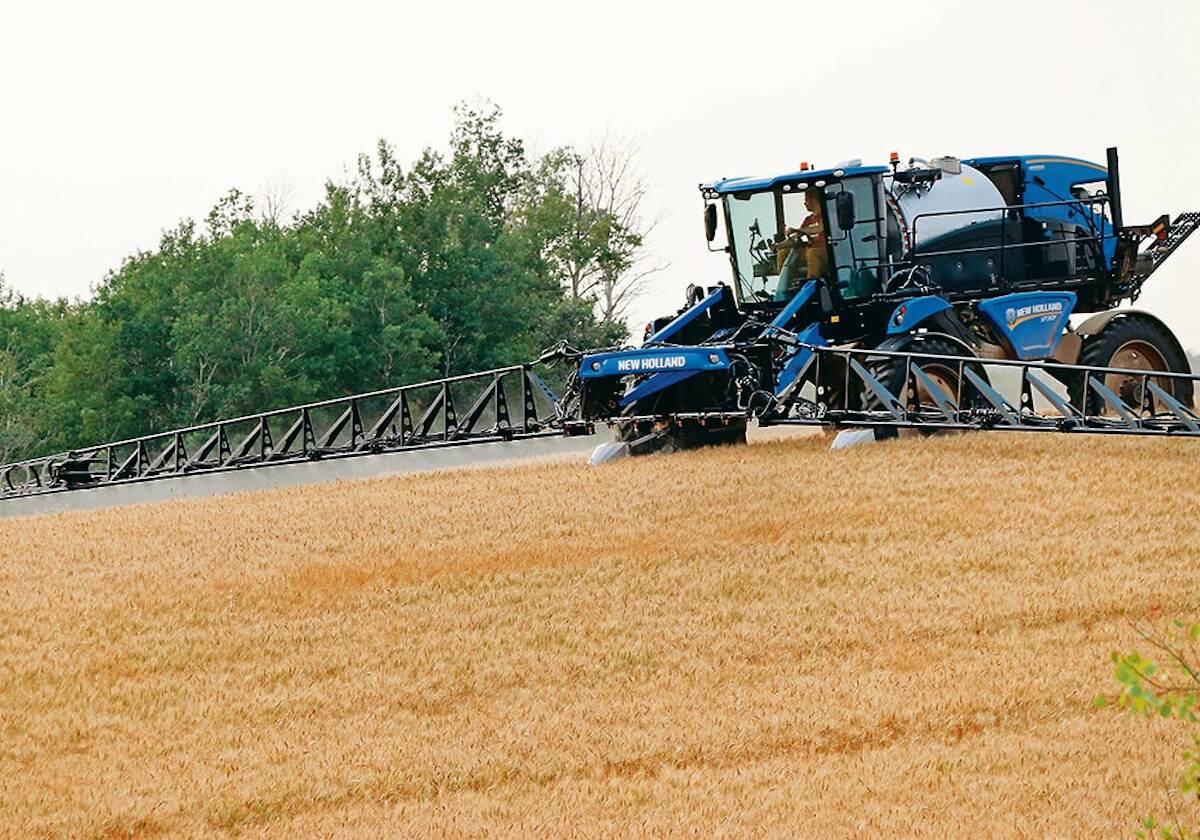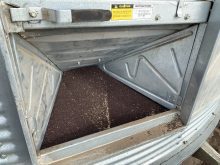It’s a common rant in the coffee shops and at the microphone of farm meetings. It’s been the subject of conferences and multi-stakeholder think-tanks.
People outside of agriculture just don’t understand what it means to be a farmer.
Farm Credit Canada recently consulted with its Farm Vision Panel on the matter and came up with a pretty definitive picture of how farmers see the situation.
“Producers who participated in the online discussions agree that it is important for consumers to believe that the Canadian agriculture industry supplies them with safe, high-quality food. However, participants believe there is a disconnect between urbanites and farmers. They feel they are underappreciated by the general public because of a lack of awareness of the production of food.
Read Also

Farming still has digital walls to scale
Canadian farms still face the same obstacles to adopting digital agriculture technology, despite the years industry and policy makers have had to break them down.
“Producers want consumers to be more educated about how hard they work, what goes into producing food and that they receive a very small percentage of the consumer cost of the end product.
“Producers feel that consumers are not educated well enough on the production of their food, therefore finding it frustrating to have meaningful agricultural conversations with consumers.”
The FCC survey uncovered another disconnect. While farmers want consumers to understand their passion for what they do and the pride they take in producing a quality result, they don’t talk about that for fear of being boastful or making what they do sound too easy.
“When producers are asked what the topic of conversation was the last time they spoke with someone outside agriculture, just two per cent of those conversations are about food safety and quality. Rather, these discussions tend to focus on production costs, commodity prices and weather.”
But their panelists also admitted to doing precious little to change things. In fact, the majority of respondents shy away from encounters of the urban kind.
“I’d rather talk to a group of apes, they’d understand me better,” stated one Manitoba beef producer.
We’re not sure whether that’s a reflection on the consumers or the producer. But either way, it’s clear farmers need to find some common ground with the people who buy food.
So, here’s your chance.
Starting this Saturday, Food Matters Manitoba is looking for 500 Manitoba families to participate in its Dig In Challenge, a five-month-long exercise in raising the bar on dialogue in this province around food issues.
Check out its website at www.diginmanitoba.ca/challenge/.
This is a unique opportunity for farm families in this province to engage in a two-way flow of information with the larger community — and it is being served to you on a silver platter.
The emphasis is on shifting more consumer food dollars towards locally produced products, learning new food skills through community activities and increasing awareness on food fairness — including fair prices for farmers.
Participants commit to diverting $10 of their weekly grocery bill to locally produced food, participating in at least two of the 40 activities suggested on the Dig In website, and attending at least one of the 20 workshops planned over the next five months. They have access to a host of resources, new recipes and an ongoing opportunity to dialogue with other food lovers and producers.
Farmers tend to have a pathological fear of urban-based food groups. Food Matters Manitoba has had remarkably poor success at finding partnerships with farm groups. Even the Manitoba Women’s Institute shunned its opportunity to sign on to the Manitoba Food Charter a few years back.
After all, these people might be closet vegetarians or of the organic ilk. (Take note that one of the workshops is on how to get four meals out of one chicken.)
Farmers are generally more comfortable talking about agriculture as a business than they are wading around in its cultural, social, and ethical realms. That’s understandable, as the industry here in Manitoba tends to be export oriented and it is how farmers earn up to half of their family income, if farm family income statistics are to be believed.
But farmers must never forget that while most of their customers live offshore, it is the local people who influence their operating environment. And while approximately half of their family income comes from the farm operation, the other half comes from off-farm jobs and support programs financed by people in the cities. That makes them your business partners. It makes sense to get to know them.
By taking the Dig In Challenge farmers have an opportunity to find that common ground that is so desperately lacking between farmers and consumers. Besides, you might learn something.



















